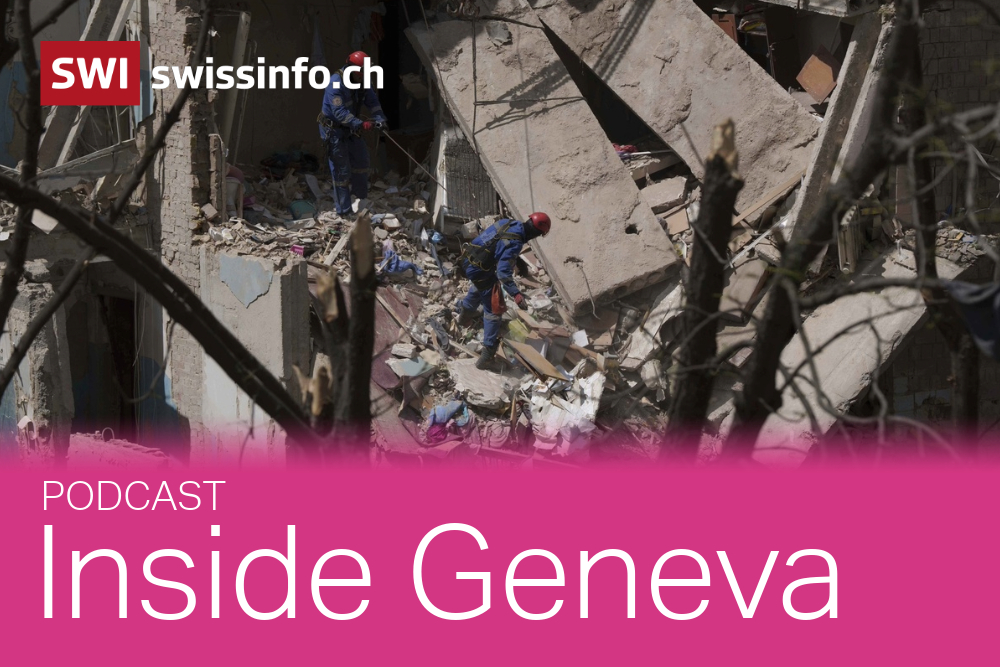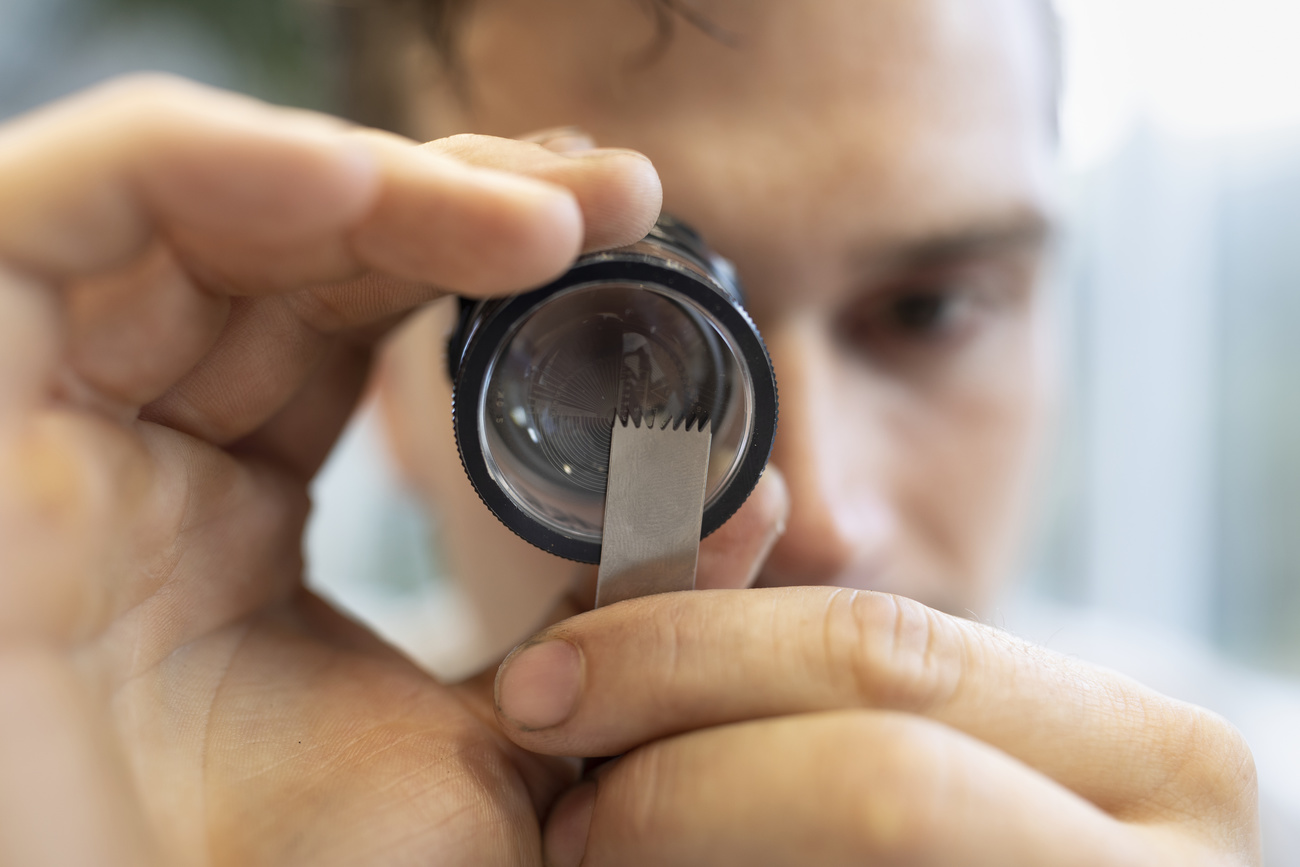
Greetings from Africa!
This morning I woke up in Bordei (geologically Africa) and this afternoon I dined in Comologno (very European).
It took me longer than expected to reach Europe from Africa this morning, but maybe that’s just because my pack is so heavy and the hills are so steep.
It seems that the creek at the bottom of Centovalli is where the African continental plate pushes against the continent of Europe.
In some places the African plate dives under, while in others it floats over. But either way, this is why we have the Alps, which are still rising as the continents squeeze ever closer together.
I can’t say I noticed the difference in rocks, but what a contrast in villages.
Bordei is a tale of ruin into a life reborn, in more ways than one.
When Jürg Zbinden first arrived here about 40 years ago as an 18-year-old, he found abandoned villages in ruins. He had a vision to rebuild them as social work that would help young people in trouble. So he bought nearly an entire village for a song, and a half-dozen years later (after his schooling) he returned to start his Terra Vecchia foundation.
Over dinner he drew a parallel between my project to follow the borders around a country with his work to provide borders within which young drug addicts and other “borderline” cases can find the boundaries they need to rebuild their lives.
I can’t speak to his social work as that’s well beyond my own territory, but the work they have done with the village of Bordei is nothing less than stunning.
It seems utterly authentic and yet it’s hard to imagine it looking so beautiful centuries ago. Certainly the interior of his restaurant-hotel provides comforts ancient peasants couldn’t have dreamed of.
A fast day of hiking separated Bordei from Comologno, where three people from the village awaited me. Young Elia Gamboni works for the Locarno region national park project, and he arranged for his father and uncle to explain a bit about the town and its history.
His father, Alfredo, is a retired school teacher who translated into French what his uncle, Lino Elia Mordasini could only say in Italian. Lino worked for the village commune and has studied its history. Their family has been here since at least the 1400s, but Lino and Alfredo both pointed out that it was the village’s good fortune that the men often left to find work and came back with women from outside.
Leaving to find work is a huge theme of Ticino (see link at bottom), but Comologno’s variation is a bit special. The road from Locarno heads right through here on its way to France, so the people of Comologno built a strong French connection that is even reflected in the dialect, which contains sounds not heard in Italian.
This valley is also so steep and poor for agriculture that its citizens could not support themselves from agriculture. So when they left the valley for work, they went as masons and painters and other professions that took them to cities instead of farms. This led them to develop more open minds than will be found in other regions of Ticino, where the workers went into agriculture in the countryside instead of the mind-expanding cities.
That’s at least a taste of the things I was told about this beautiful land. I still haven’t written much about the park project that intends to help preserve both the nature and the culture in these parts. Soon, I hope.
































You can find an overview of ongoing debates with our journalists here . Please join us!
If you want to start a conversation about a topic raised in this article or want to report factual errors, email us at english@swissinfo.ch.